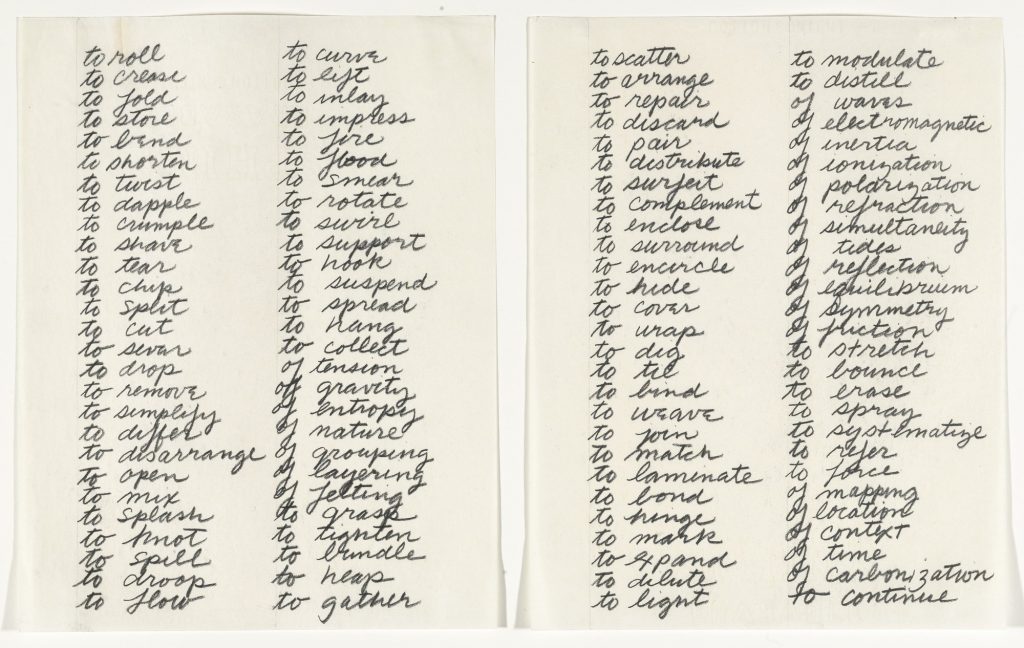Learning Objectives
- Students will be able to identify basic visual and verbal vocabulary.
- Students will be able to demonstrate the unique power of different types of line.
- Students will be able to illustrate how line affects composition.
Mini Assignment
- Take notes in your sketchbook on Line and Shape from the Elements and Principles research link to the right. Make sure to watch the two videos.
- Take a look at the template for an understanding of what we will be making in class.
Materials
- Card stock or Bristol board (at least 9 x 12)
- Ruler (metal preferred)
- Fine tip Sharpie marker
- Pencil (any kind will do)
Project
Line is one of the simplest and most versatile elements of design. Line may be defined as a point in motion, a series of adjacent points, a connection between points, or as an implied connection between points. Lines can connect, dissect or define shapes and spaces within design.
It is a good idea to explore a bit first. When you have generated a page of studies, consider:
- what are the advantages of each different type of line?
- how does a change in format affect line dynamics?
- what happens when lines are repeated?
- what happens when lines intersect?
Read through Richard Serra’s verb list below. Choose 4 of the verbs to illustrate in the template. Click the image to view it full scale.

Using the template provided above (in materials), place four different kinds of lines in the first row of squares. Then, invent a series of variations on each line in the remaining columns.
Try working with very different kinds of line. As you work your way down each column, try to increase the power of the original line.


